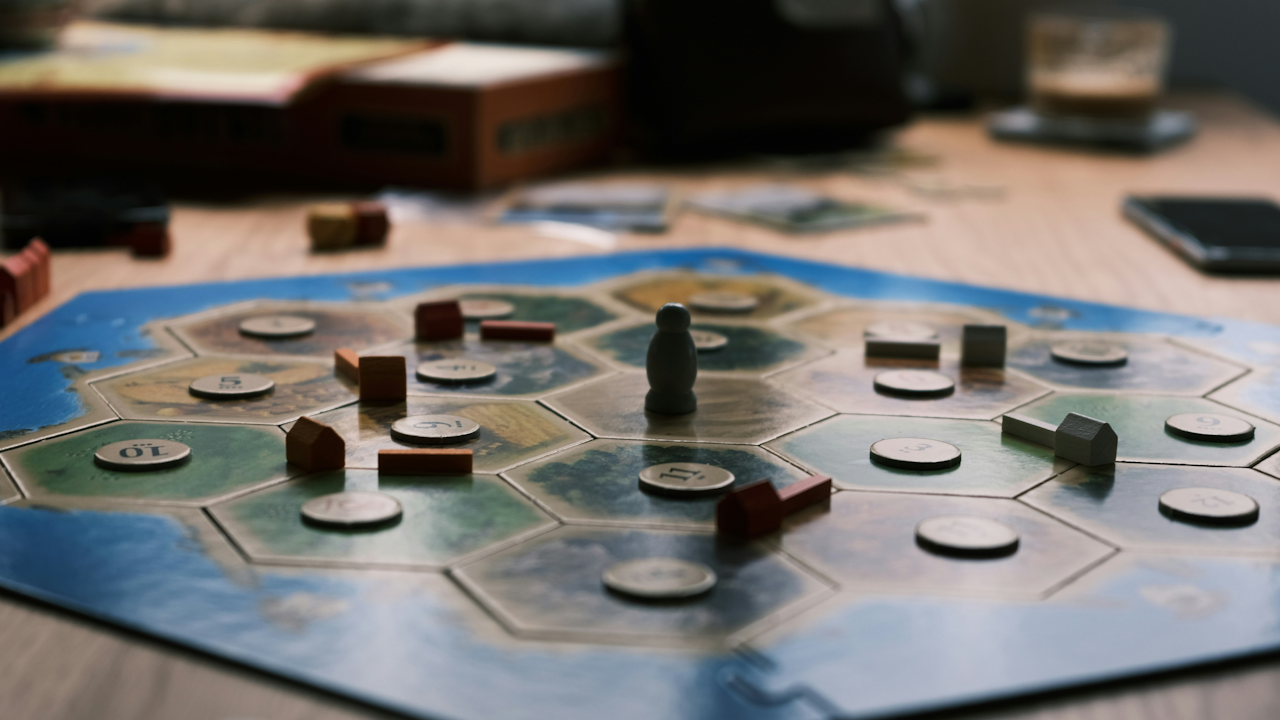In an increasingly digital world, where pixels and processors dominate our leisure time, a quiet revolution has been unfolding. Amidst the flashing screens and endless notifications, a centuries-old form of entertainment has experienced a remarkable resurgence: the board game. Far from being a relic of a bygone era, board games are enjoying a vibrant, dynamic revival, drawing in new enthusiasts and captivating seasoned players with their unique blend of social interaction, strategic depth, and tactile satisfaction. This is more than a fleeting trend; it represents a profound appreciation for the analog experience, a deliberate step back from the omnipresent digital glow.
One of the primary drivers of this renaissance is the undeniable human craving for genuine connection. In an age where interactions are often mediated by screens, board games offer a refreshing opportunity for face to face engagement. Gathered around a table, players engage in lively conversation, friendly banter, and shared laughter. The act of rolling dice, moving pawns, and dealing cards fosters a sense of camaraderie that online gaming, for all its convenience, struggles to replicate. This intrinsic social element transforms a simple game into a memorable shared experience, strengthening bonds between friends and family. It is a chance to truly be present with one another, free from the distractions of the digital world.
Beyond the social aspect, the sheer diversity and complexity of modern board games are a significant draw. Gone are the days when “board game” simply meant Monopoly or Chess. The landscape has exploded with innovative designs, intricate mechanics, and richly themed worlds. From cooperative adventures where players work together to overcome challenges, to elaborate strategy games demanding cunning and foresight, there is a genre and style to suit every taste. Games like “Terraforming Mars” challenge players to sculpt a new world, while “Gloomhaven” offers a sprawling, narrative-driven campaign. This depth of gameplay provides intellectual stimulation and countless hours of replayability, ensuring that the appeal extends far beyond a single play session.
The tactile nature of board gaming also plays a crucial role in its appeal. There is an inherent satisfaction in physically manipulating game components: the satisfying click of a well placed piece, the visual delight of beautifully illustrated cards, the weight of a custom designed token. This tangible interaction engages the senses in a way that digital games cannot. It adds a layer of engagement and immersion, making the experience feel more grounded and real. Furthermore, the aesthetic quality of modern board games, with their stunning artwork and high quality components, elevates them beyond mere toys into objects of beauty, appealing to collectors and enthusiasts alike.
The rise of dedicated board game cafes and thriving online communities further underscores this analog revival. These spaces provide welcoming environments for both newcomers and veterans to explore new games, meet like minded individuals, and share their passion. Conventions and expos dedicated to board gaming draw thousands, showcasing the latest releases and fostering a sense of shared enthusiasm. This infrastructure of support and community has been instrumental in solidifying board games as a legitimate and respected form of entertainment.
Looking ahead, the analog gaming revival shows no signs of slowing down. As technology continues to advance, the desire for balance and authentic experiences will likely grow. Board games offer a perfect antidote to digital fatigue, providing a tangible, social, and intellectually stimulating escape. They represent a powerful reminder that some of the most enduring and enriching forms of entertainment are found not on a screen, but around a table, shared with those we care about. The tactile revolution is here to stay, and the humble board game stands proudly at its forefront, proving that sometimes, the most innovative experiences are also the most traditional.

